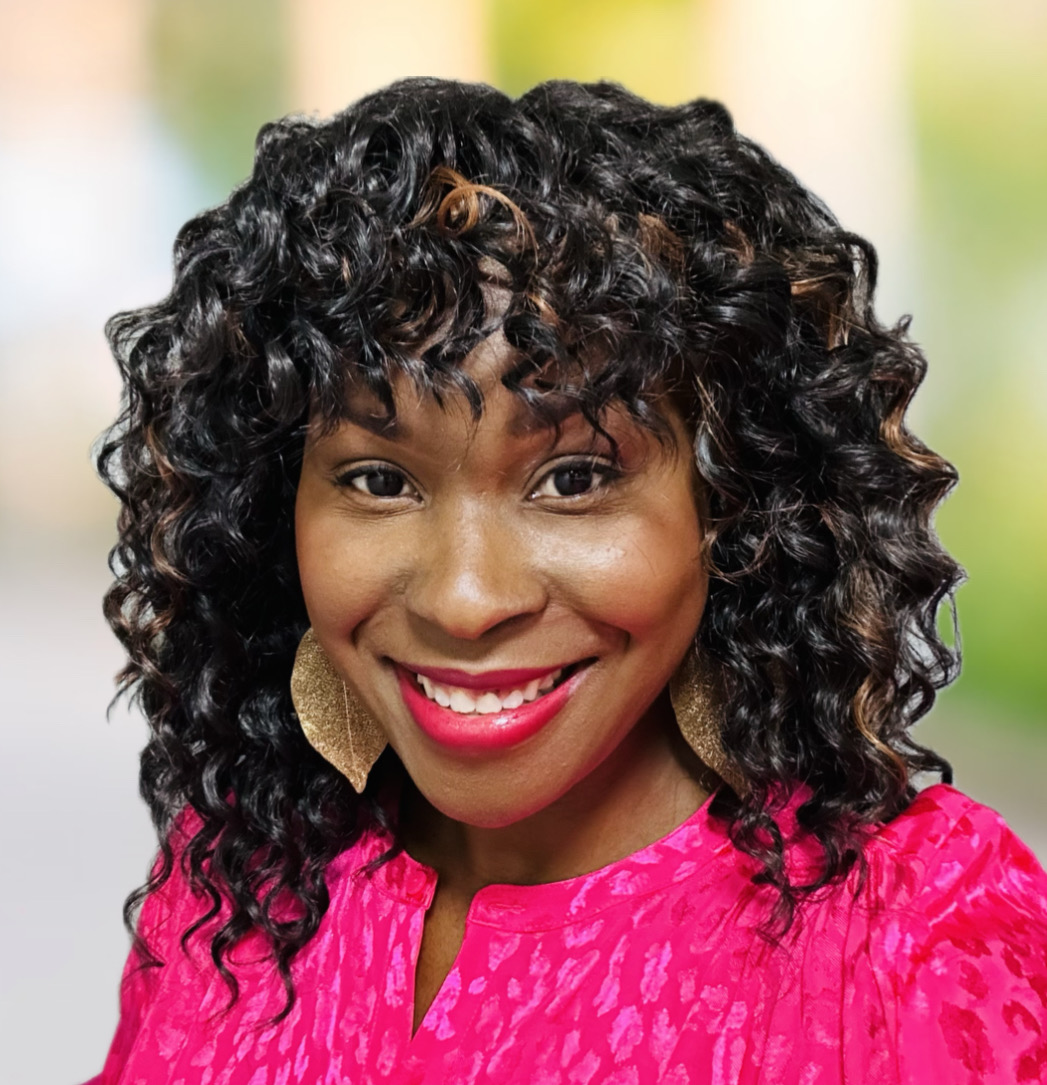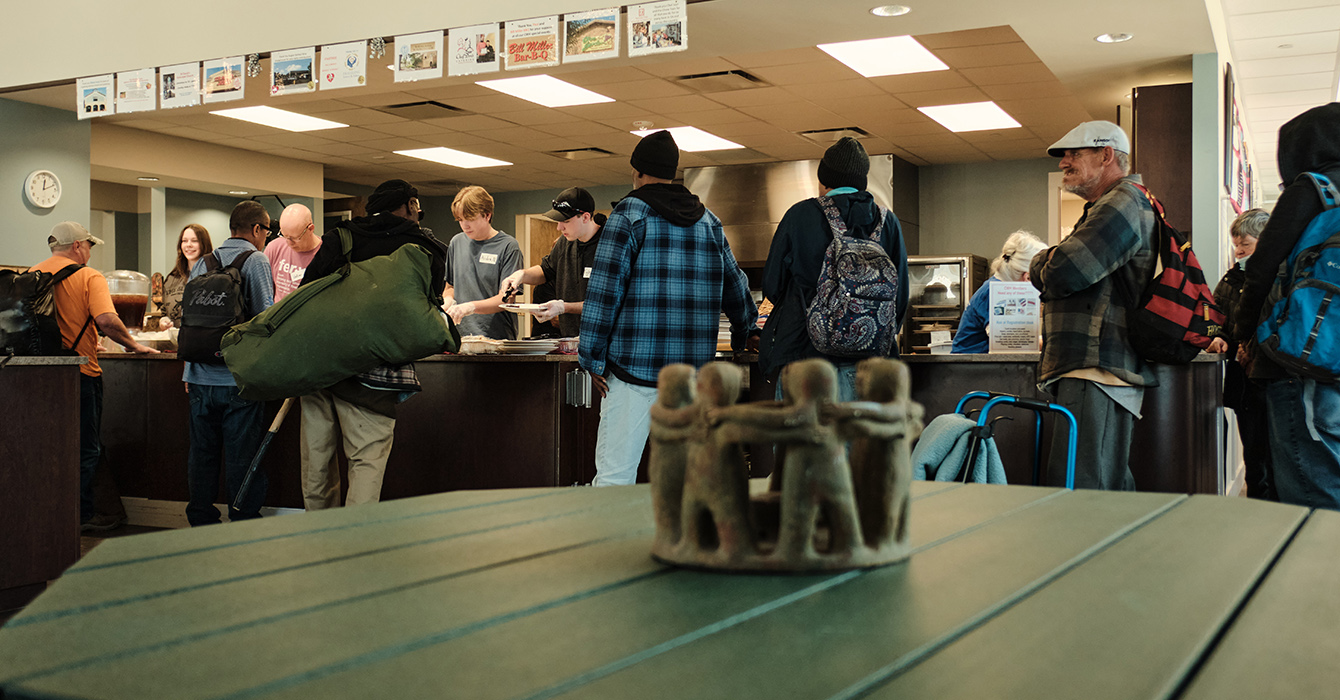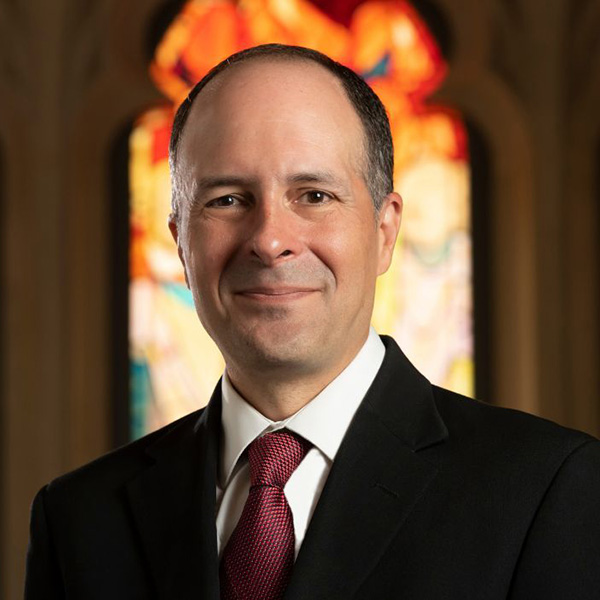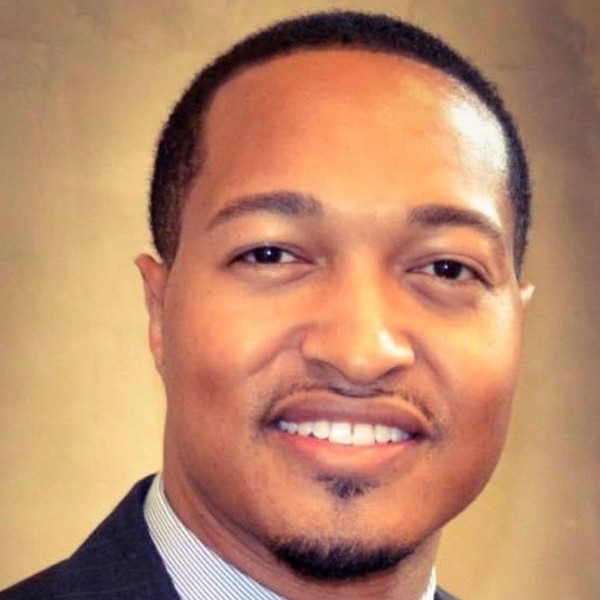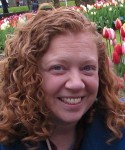In a season of seemingly endless tumult, faith leaders can learn about building welcoming, diverse communities through the miracle of Pentecost. The evangelist Luke’s account of this event in Acts provides a vivid picture of how to translate godly deeds into languages that strengthen faith, hope and belonging within congregations.
Nine days after the ascension of Jesus, Luke writes, many were gathered in one place.
“And suddenly from heaven there came a sound like the rush of a violent wind, and it filled the entire house where they were sitting. Divided tongues, as of fire, appeared among them, and a tongue rested on each of them. All of them were filled with the Holy Spirit and began to speak in other languages, as the Spirit gave them ability. Now there were devout Jews from every people under heaven living in Jerusalem. And at this sound the crowd gathered and was bewildered, because each one heard them speaking in the native language of each. Amazed and astonished, they asked, ‘Are not all these who are speaking Galileans? And how is it that we hear, each of us, in our own native language? … [I]n our own languages we hear them speaking about God’s deeds of power.’” (Acts 2:2-8, 11b NRSVue)
Hearing in our own language
The discipline of linguistics shows how language influences the social, cultural and spiritual dynamics of human life. I agree with the belief that holds a strong correlation between being able to commune with God in one’s native language and the deepening of personal faith. And I don’t find it surprising at all that the events of Pentecost included a multilingual miracle that catalyzed the birth of the church.
In April, Barna reported that belief in Jesus is on the rise in America after hitting a low point in 2021 and 2022. The research firm invited Christian leaders to adopt the language of openness and hospitality in the face of a 21st-century culture of skepticism, writing: “For pastors and ministry leaders, this is a moment both to celebrate and to steward. People are open — perhaps as much as any time in recent memory — to Jesus. Churches that can meet people in this openness — with authenticity, humility and a focus on discipleship — may find fresh opportunities to minister.”
Some faith communities were already modeling that behavior.
To those who arrive from different places to become our neighbors, colleagues and fellow church members, how might the language of inclusion be received?
In Lansing, Michigan, St. Luke Lutheran Church’s commitment to authenticity and cultural appreciation is removing barriers and boundaries for its multiethnic congregation. The church holds gatherings where worship is multilingual and songs like “Harambee Harambee” are sung in the native languages of community members.
Worship services are offered in English, Arabic and Swahili in a church of more than a dozen languages.
Hearing in our own language
To the overlooked and most vulnerable in our society, how might a language of mercy, compassion and hope be known, heard and received?
In San Antonio, Texas, Chris Plauche, a 76-year-old retired pediatrician, imagined providing stability and support to senior adults experiencing homelessness. The result, Towne Twin Village, is a community for formerly unhoused individuals 55 and older. Along with 200 residences, the campus offers medical and behavioral health care. Daytime guests are provided breakfast and lunch along with access to spacious showers, haircuts and pedicures.
Plauche’s project partner, Edward Gonzales, says that long-term residents are skeptical at first, but by day 180 “they’ve improved their quality of life and are standing a little bit taller. They’re smiling and looking you in the eye.”
Hearing in our own language
To those who are lonely and feeling far from God in our society, how might a language of trust and belonging be received?
In London, James Fawcett leads Being With, a 10-week course whose participants practice being present in the lives of others as well as their own. The course stems from the “being with” theology developed by the Rev. Dr. Sam Wells, which centers around Christ’s life in relation to the time that he spent being with others. It’s not through a rigorous curriculum or Bible study lessons that God’s presence is realized in the lives of the participants but through conversations of wonder or dwelling in spaces of silent reflection.
“We’re trying to be with people as Christ is with people but also as God is with us,” Fawcett says, “and God’s desire is to be with us, and [God] was with us in Christ.”
Being With has now extended beyond the UK, and transformation is happening in the lives of individuals all over the world. People who are on the various edges of faith are being brought to the center of the church and are finding belonging.
“There’s something about it which opens an unclosable door for individuals that they’re then continually seeking,” Fawcett says.
I’m reminded of 1 Corinthians 2:13, where the apostle Paul writes, “This is what we speak, not in words taught us by human wisdom but in words taught by the Spirit, explaining spiritual realities with Spirit-taught words.”
Through our words and actions, communication that is taught and empowered by the Spirit stretches beyond the barriers of cultural appropriation, injustice and exclusion. We can express hospitality, compassion for the vulnerable and belonging that reach into the hearts of all of God’s beloved.
To those who arrive from different places to become our neighbors, colleagues and fellow church members, how might the language of inclusion be received?


